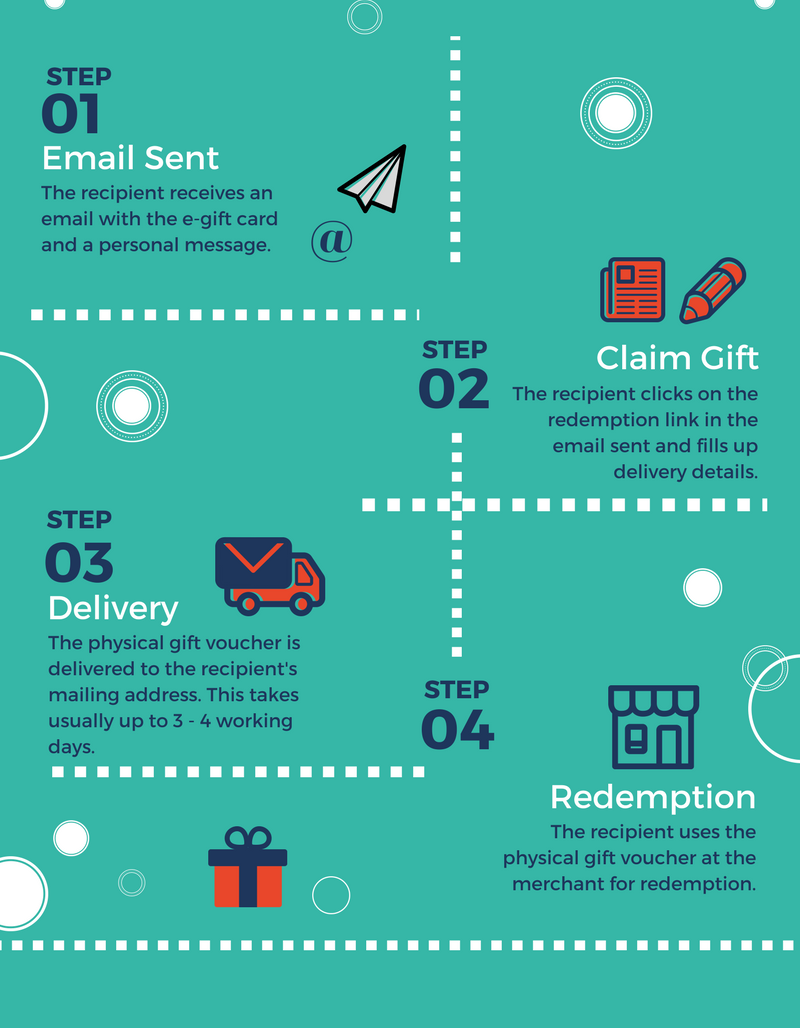Although they might seem comparable, etching and etching vary in their methods and end results. Comprehending these processes is necessary for any type of company aiming to personalize glass items.
Laser engraving uses focused warm to melt the mini surface of your product, creating recessed markings that stand up to damage and can be reviewed under extreme problems. It's perfect for points that need to be deducible, like industrial components.
Aesthetic appeals
Etching and engraving both produce durable, responsive designs that stick out on the glass surface. They are suitable for jobs that call for a refined, classy appearance.
Laser etching can be utilized to engrave glass, however it calls for a protective layer or shield to stop heat damages to the glass. A specialized spray or coating is offered for this purpose and can be put on slim glass to reduce splitting or damage during the inscribing process.
It's likewise feasible to etch glass by hand utilizing a rotary tool. This strategy is time-consuming and labor-intensive, however it can generate top quality outcomes when executed properly. Make certain to wear security equipment like safety glasses and a respirator mask to safeguard yourself from dirt and debris. You can start by attracting your layout on the glass with a marker, then place the rotary tool and gradually follow your design to engrave it into the glass. After the inscription is full, gently remove any kind of continuing to be dust or residue.
Adaptability
The inscribing process provides a variety of applications for glass products. It is highly flexible and can be made use of on various materials and thicknesses of glass. It is likewise extremely specific and generates detailed, high-contrast styles on the glass surface area. It can be made use of on both level and bent surfaces.
Glass engraving is a prominent option for glass items like wine bottles, building partitions, and health club style. It creates a soft and refined design that is not as noticeable as etching, making it an outstanding alternative for ambient looks.
To lower heat stress and anxiety on thin glass, use a protective product like concealing tape or a wet paper towel to the surface area before laser inscription. This absorbs and spreads laser energy to lower localized home heating and prevent fracturing. Alternatively, layer the glass with a moderate cleaning agent or dishwashing soap can likewise be an effective pre-coating. Just bear in mind to cover only the laser-contacting face of the glass with these moisture-absorbing pre-treatments.
Longevity
Laser glass engraving develops deep, permanent markings that are durable and visually striking. It's ideal for creative or light business objectives that require a refined appearance. Inscription needs specific and controlled handling of the glass to prevent heat damage and splitting. Slim or fragile glass can be more prone to the high-contrast results of laser inscription, making it essential to check the procedure closely for signs of overheating and splitting.
Engraving makes use of a diamond-tipped device to cut into the surface area of the glass, creating a textured mark that's less visually striking than laser etching. It's a common choice for applications where a frosted impact is chosen, such as ornamental glass home windows and personalized presents. Like laser inscription, etching is very exact and excellent for logo designs and various other detailed imagery. Evergreen Glass makes use of modern laser equipment adjusted for ideal efficiency to accomplish etching and inscribing with outstanding precision. For modern engraved glass trends included satisfaction, our devices include integrated security functions that make certain safe procedure.
Price
Glass etching involves using chemical solutions to create a style. While this strategy is not as precise and effective as laser etching, it is still a superb choice for artisanal glasswork, which can be a great way to raise a special celebration present or commemorative piece.
For the best outcomes, it is necessary to test a sample piece of glass prior to using any kind of etching lotions. Various types of glass may react differently to the chemicals. Some will etch extremely rapidly while others could take much longer. In some cases, a piece of glass may even stop working to etch whatsoever!
Laser etching includes using a computer-guided system, generally described as a CNC (Computer System Numerical Control) equipment, to route a concentrated laser beam of light at the surface of the glass. This process requires a high-level of technological ability and creative thinking. It is an efficient method to etch elaborate patterns on massive projects with high levels of accuracy.
